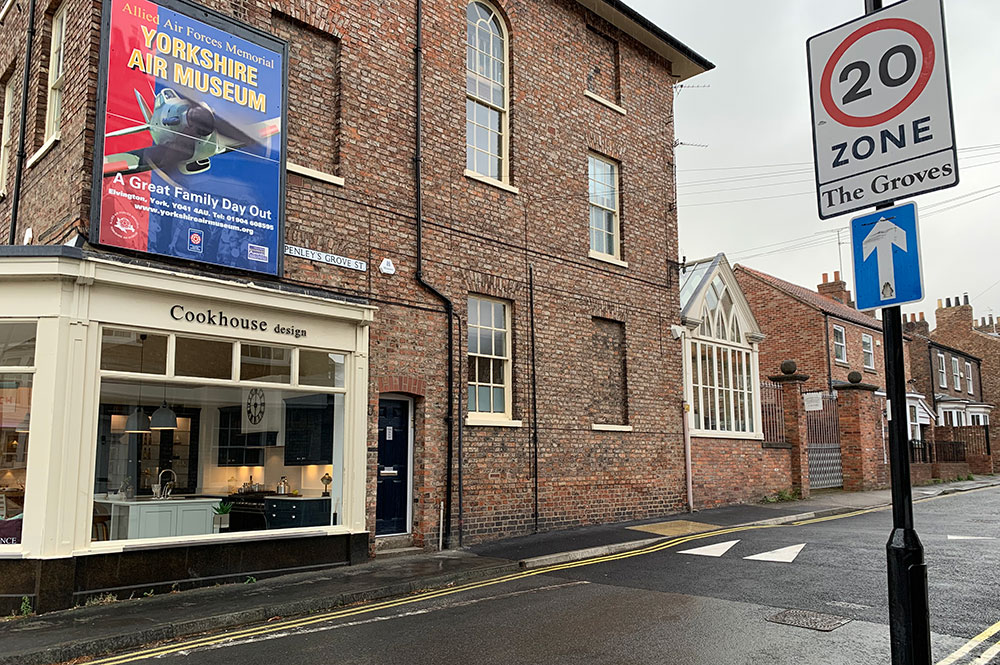The end of the rat-run through the Groves is nearly upon us.
An 18-month trial to close off some of the streets in the district begins next Wednesday (2 September).
The work is part of a two-year regeneration project to encourage walking and cycling. “Local people have said they want better air quality, less traffic and the chance to build on the existing community spirit,” City of York Council said.
Deputy leader of the council Andy D’Agorne said: “These changes have been developed as a direct response to concerns raised by local residents, particularly regarding the level of traffic travelling through the area.
“Our aim is to embed active travel – walking and cycling – as part of a long-term habit and reap the associated health, air quality and congestion benefits.”
What is changing

All through routes in the Groves area between Haxby Road and Clarence Street, and Huntington Road and Monkgate will be closed to traffic.
Alternative routes are via the main roads surrounding the estate, including Lord Mayors Walk.
The works that will be carried out are:
- The existing closure point at Neville Terrace will be removed to allow more direct access to Haxby Road from that side of The Groves.
- Road closure points will be introduced at the junction of Lowther Street/Brownlow Street, and on St Johns Crescent, Penleys Grove Street, Neville Terrace and Earle Street.
- Brownlow Street and March Street will become one-way streets except for cyclists, whilst Penleys Grove Street will be two-way to allow traffic to exit onto Monkgate from this part of the Groves.
Cycle routes in all directions throughout the Groves will continue and will benefit from less traffic.
A small number of parking spaces will be removed or relocated to make room for turning points at the closures, and the existing resident parking zones will merge so that local people can park more flexibly.
Chance to make changes

The measures will be introduced next Monday and Tuesday (1 and 2 September). The work to introduce the measure will be undertaken under minimal traffic management.
Once the measures have been introduced, they will be monitored and kept under review and can continue as experimental for up to 18 months.
During this time, the scheme may be adjusted in response to residents’ experience and feedback. The scheme can be made permanent (subject to consideration of comments received) at any point as long as it has been in place, unchanged, for at least six months.
Andy D’Agorne added: “It is crucial that any of the measures we put in place work for all residents, businesses and community organisations in the area.
“We’ve been engaging closely with residents and businesses and will continue to do so, allowing everyone to reflect on how they are working.”
